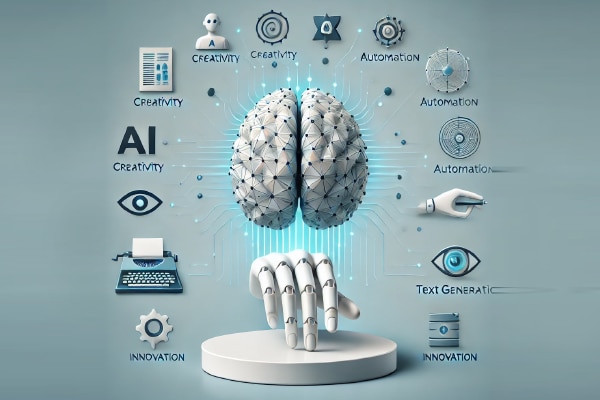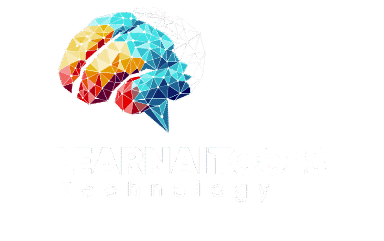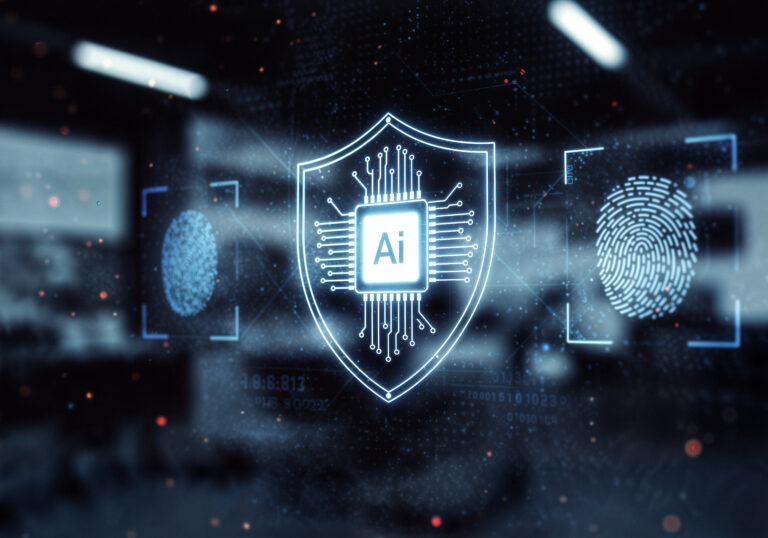
Open Source AI 2025: Driving Innovation and Accessibility in Artificial Intelligence
Open Source AI 2025 is revolutionizing the world of artificial intelligence by making advanced tools and platforms accessible to developers, businesses, researchers, and enthusiasts worldwide. Unlike proprietary systems, open-source AI provides the freedom to customize, experiment, and deploy models without prohibitive costs. This trend is transforming industries, education, healthcare, startups, and research institutions, creating a collaborative and inclusive AI ecosystem. In this article, we explore the most important trends, applications, benefits, challenges, and the future outlook of Open Source AI in 2025.
Why Open Source AI 2025 Matters More Than Ever
Open Source AI 2025 is not just a technological trend—it is a paradigm shift in how artificial intelligence is developed and deployed. The availability of open-source libraries, frameworks, and pre-trained models enables developers to build AI applications faster and more efficiently. Companies can adopt AI without the heavy financial burden of licensing proprietary software. This democratization of AI accelerates innovation and ensures that cutting-edge technology is accessible to everyone, regardless of resources or geographic location.
Open-source AI also promotes transparency. By allowing anyone to inspect and improve code, these platforms reduce the risks of hidden biases or unethical practices. The global AI community benefits from collaborative development, fostering creativity, innovation, and skill sharing on an unprecedented scale.
Open Source AI 2025 in Business Applications
Open Source AI 2025 is transforming businesses across industries by enabling advanced analytics, automation, and customer engagement solutions. Companies can leverage AI-powered insights to make informed decisions, optimize operations, and personalize customer experiences. From predictive analytics to recommendation engines, open-source AI tools provide cost-effective solutions for companies of all sizes.
Small businesses and startups particularly benefit from these tools, as they can compete with larger corporations without massive investments in AI infrastructure. Marketing automation, inventory management, and real-time data analysis are just a few areas where open-source AI has created measurable business value.
Open Source AI 2025 in Healthcare
Open Source AI 2025 is reshaping healthcare by providing affordable, flexible, and customizable AI tools. Hospitals, clinics, and research institutions can use open-source AI for medical imaging, diagnostics, and personalized treatment planning. AI models help predict disease outbreaks, optimize hospital resources, and streamline patient care.
Moreover, open-source AI accelerates research in pharmaceuticals and genomics. Researchers can simulate experiments, analyze massive datasets, and develop AI-driven solutions for drug discovery, all without the financial burden of proprietary software. By making these tools available globally, Open Source AI is democratizing healthcare innovation and improving outcomes for patients worldwide.
Open Source AI 2025 in Education
Open Source AI 2025 is revolutionizing education by enabling adaptive learning, personalized instruction, and AI-driven research. Teachers can use open-source AI to automate grading, track student performance, and create customized learning plans. Students can access intelligent tutoring systems that adapt to their learning style and pace, improving engagement and retention.
Educational institutions benefit from collaborative development, as open-source AI allows them to experiment with new teaching methods and research projects without heavy software costs. Remote learning also becomes more effective, as AI tools ensure quality education is accessible regardless of location.
Open Source AI 2025 for Developers and Startups
Open Source AI 2025 empowers developers and startups to innovate rapidly. Pre-trained models, open-source frameworks, and libraries reduce the time and cost needed to develop AI applications. Entrepreneurs can experiment with natural language processing, computer vision, robotics, and predictive analytics without the barrier of expensive proprietary software.
Startups in finance, e-commerce, healthcare, and entertainment are using open-source AI to create competitive products and solutions. This accessibility fosters a culture of experimentation and innovation, enabling even small teams to contribute to groundbreaking AI developments.
Community Collaboration in Open Source AI 2025
Open Source AI 2025 thrives on the global community of developers, researchers, and enthusiasts contributing to AI projects. Collaborative efforts ensure continuous improvement, enhanced security, and ethical AI development. Communities share resources, fix bugs, and innovate together, creating a more robust and versatile AI ecosystem.
Open-source communities also provide training, documentation, and support, enabling newcomers to learn and contribute effectively. This culture of collaboration accelerates technological progress while maintaining transparency and accountability in AI development.
Challenges in Open Source AI 2025
Open Source AI 2025 faces challenges such as data privacy, ethical AI deployment, and technical expertise requirements. Open-source platforms may be susceptible to misuse or malicious attacks if not properly managed. Bias in training data can lead to unfair or inaccurate AI decisions, and organizations must implement governance and auditing to mitigate risks.
Additionally, adopting open-source AI may require significant technical skills and infrastructure support. While these tools reduce costs, they are not entirely plug-and-play. Organizations need to ensure that teams are trained to deploy, manage, and scale AI solutions effectively.
Future Outlook of Open Source AI 2025
Open Source AI 2025 represents the foundation for the future of democratized AI. As the community grows and technology advances, open-source AI platforms will become more powerful, easier to use, and integrated with emerging technologies like cloud computing, edge AI, and real-time analytics.
The future of open-source AI includes enhanced collaboration across industries, faster innovation cycles, and global access to AI tools. Governments, businesses, and educational institutions can harness open-source AI to address social, economic, and technological challenges while promoting inclusivity, transparency, and ethical AI practices.
Conclusion: Open Source AI 2025 as a Catalyst for Global Innovation
Open Source AI 2025 is more than a technological trend—it is a movement that makes AI accessible, collaborative, and inclusive. From business and healthcare to education, startups, and research, open-source AI is driving innovation worldwide.
Understanding and adopting open-source AI tools is now essential for anyone seeking to remain competitive in the AI-driven world. To explore more insights, guides, and updates on AI, visit Learn Ai Tools. By democratizing access to AI, Open Source AI 2025 ensures that technological progress benefits everyone, fostering a smarter, more connected, and equitable global society.




